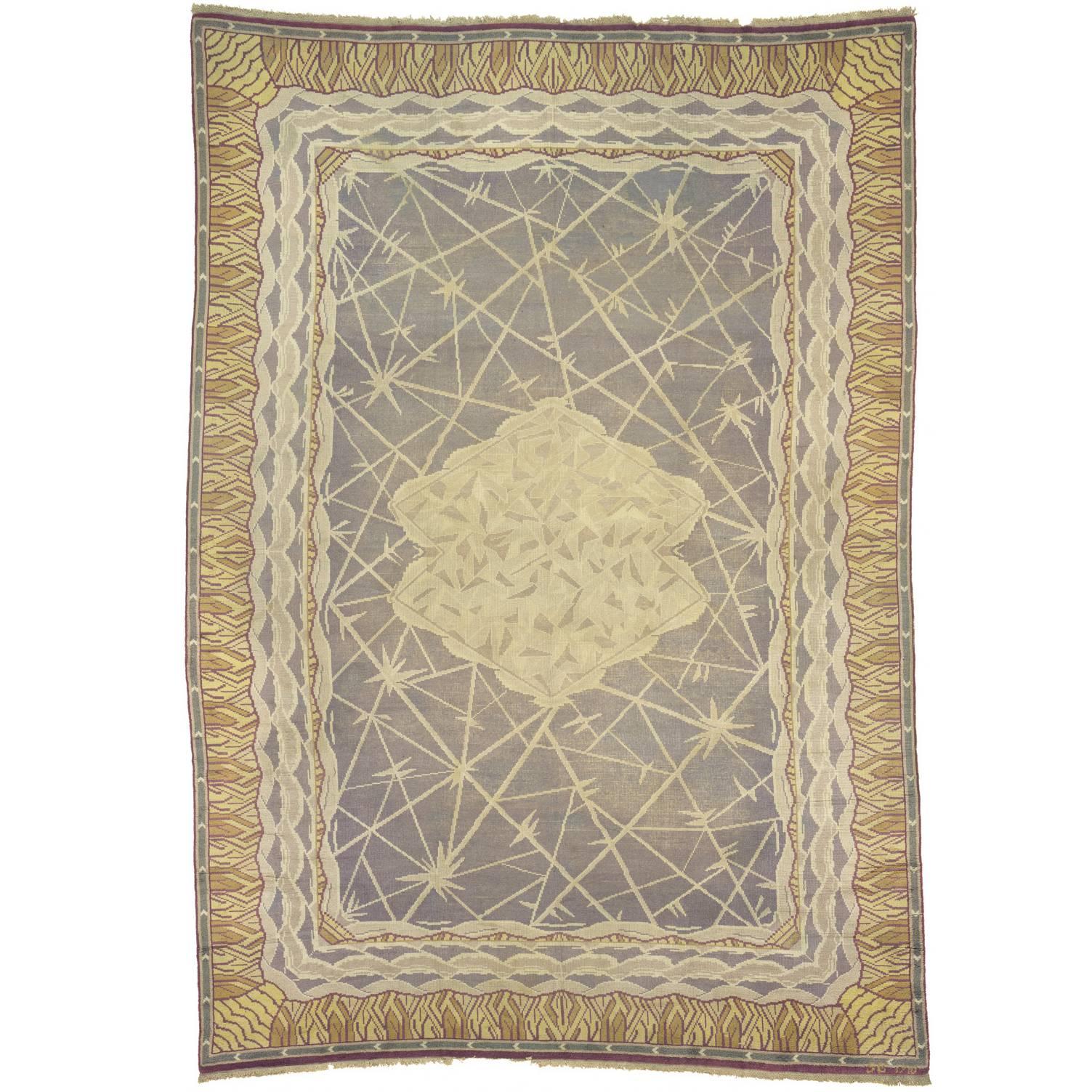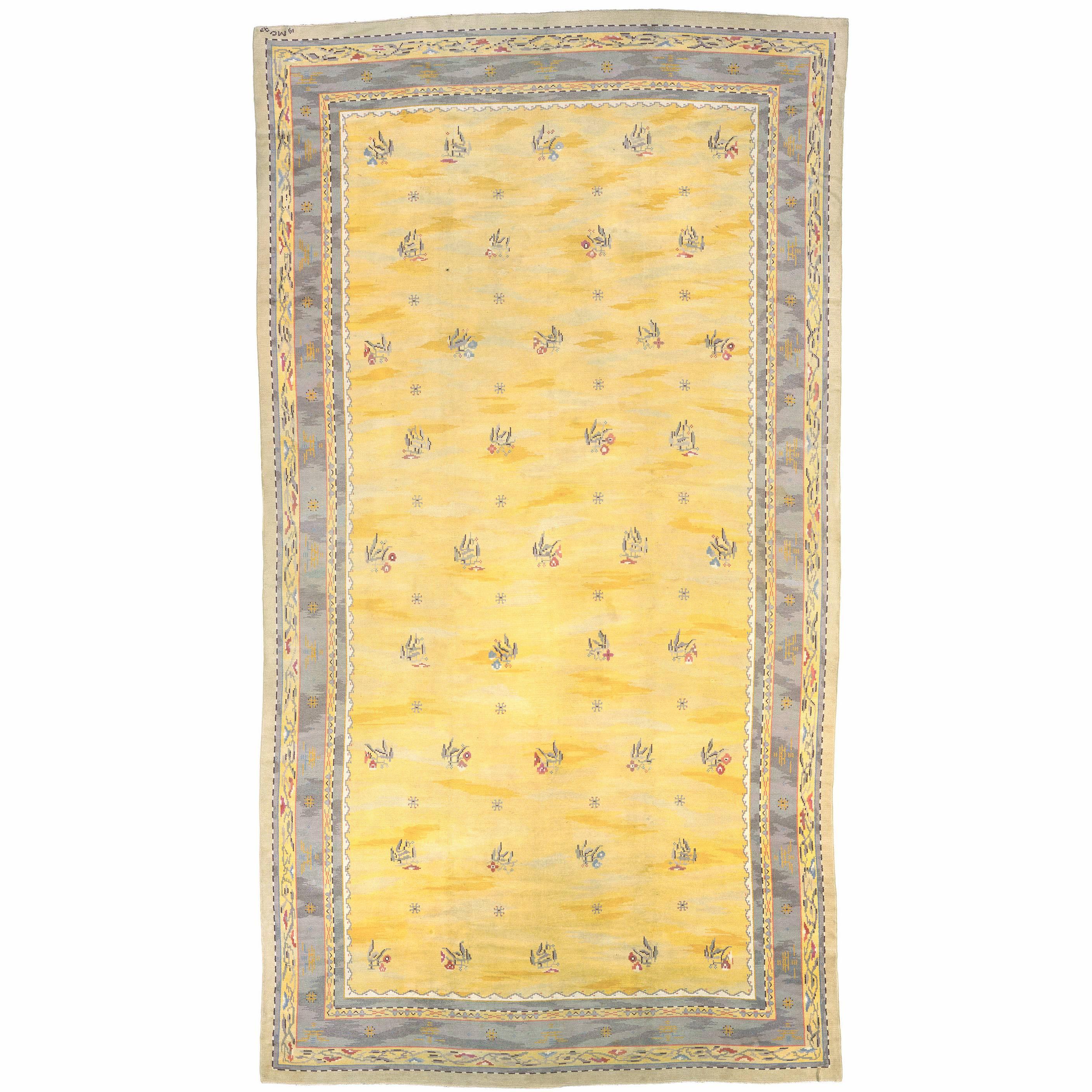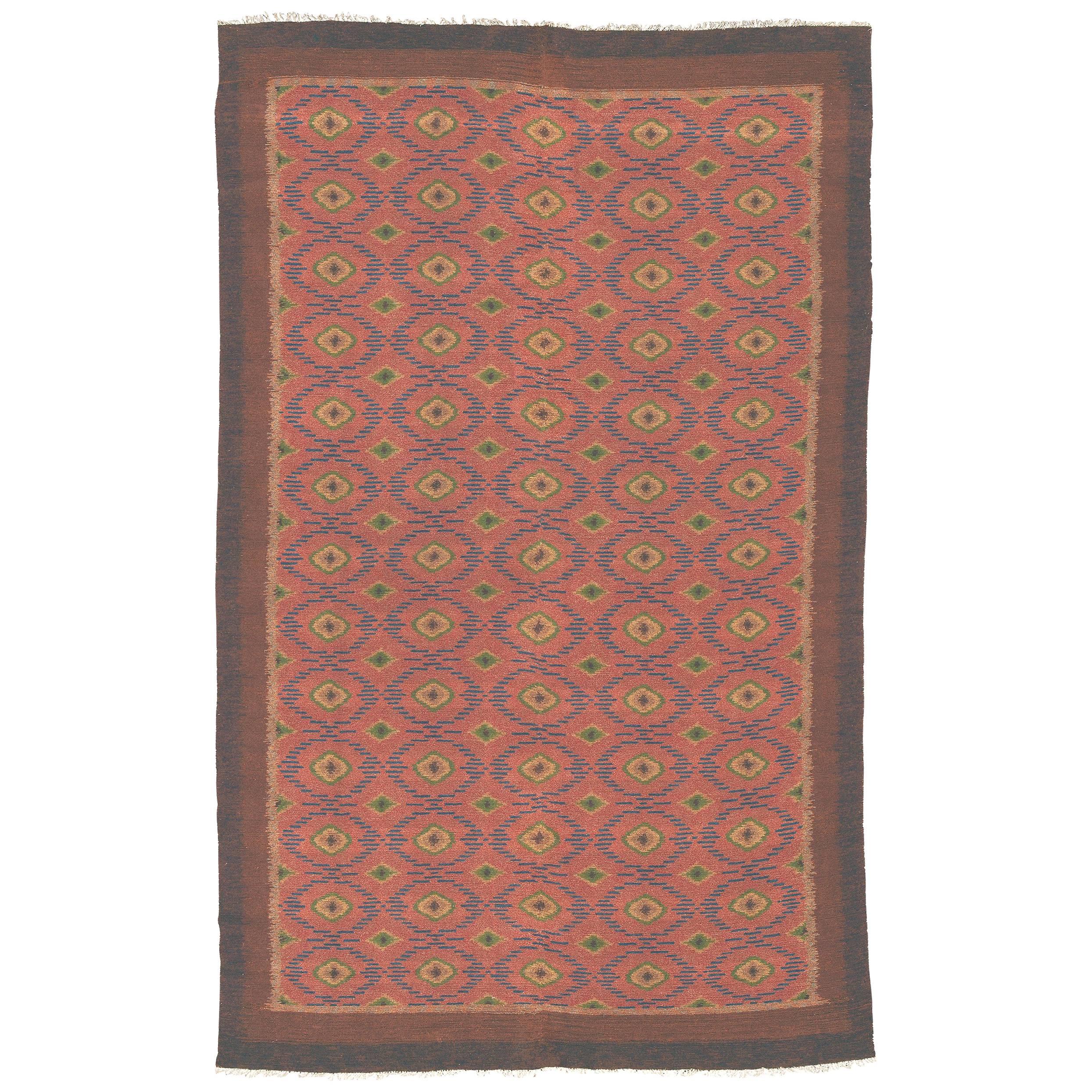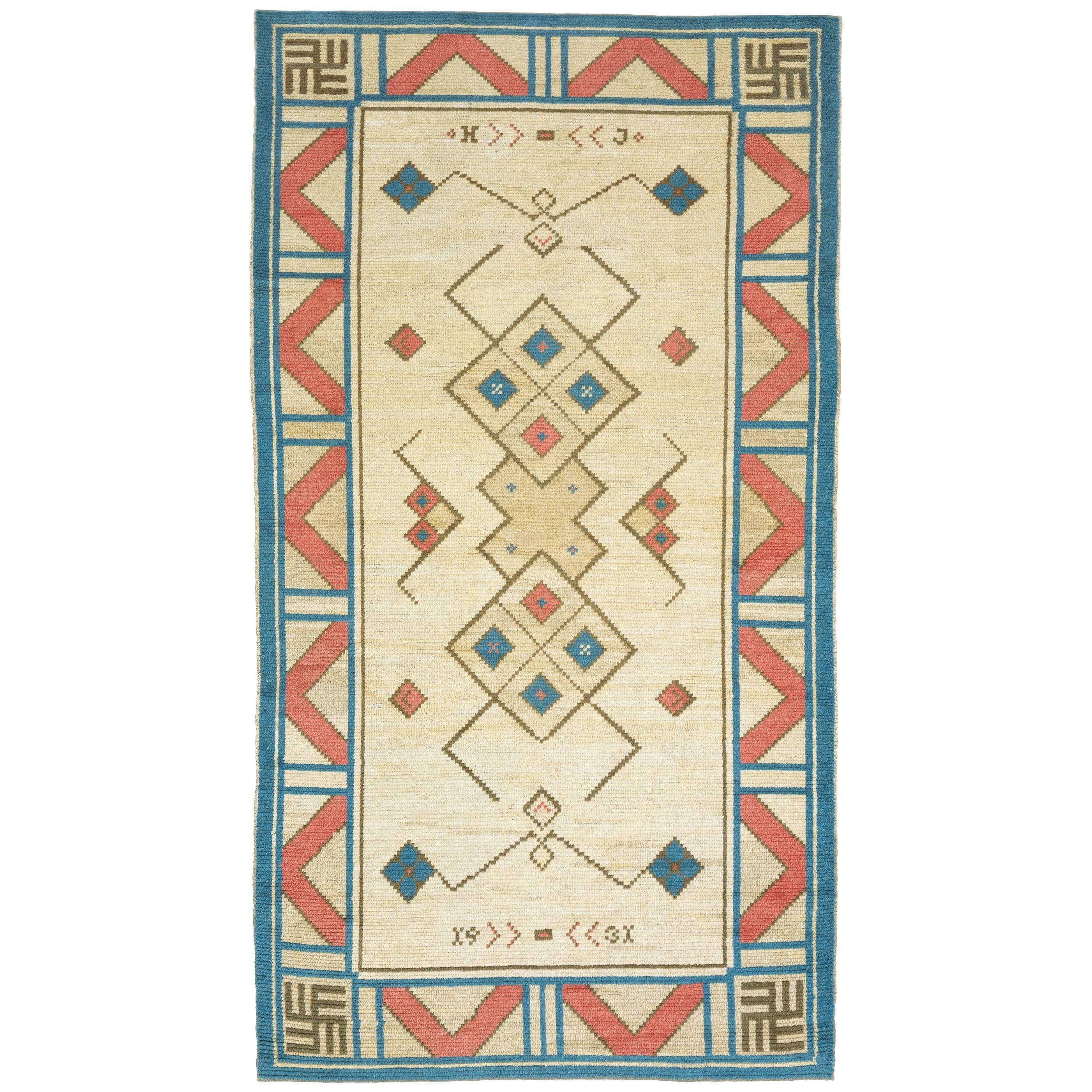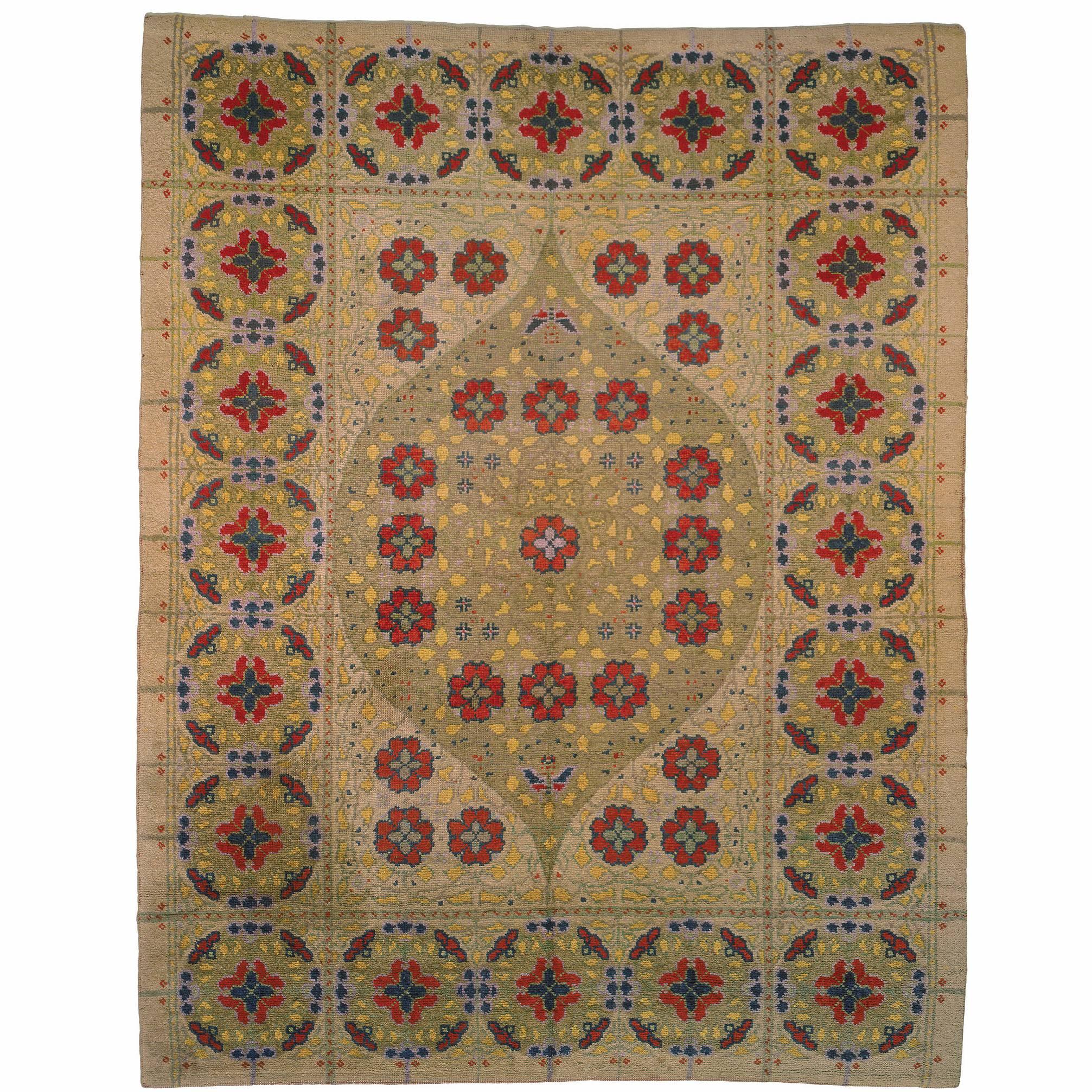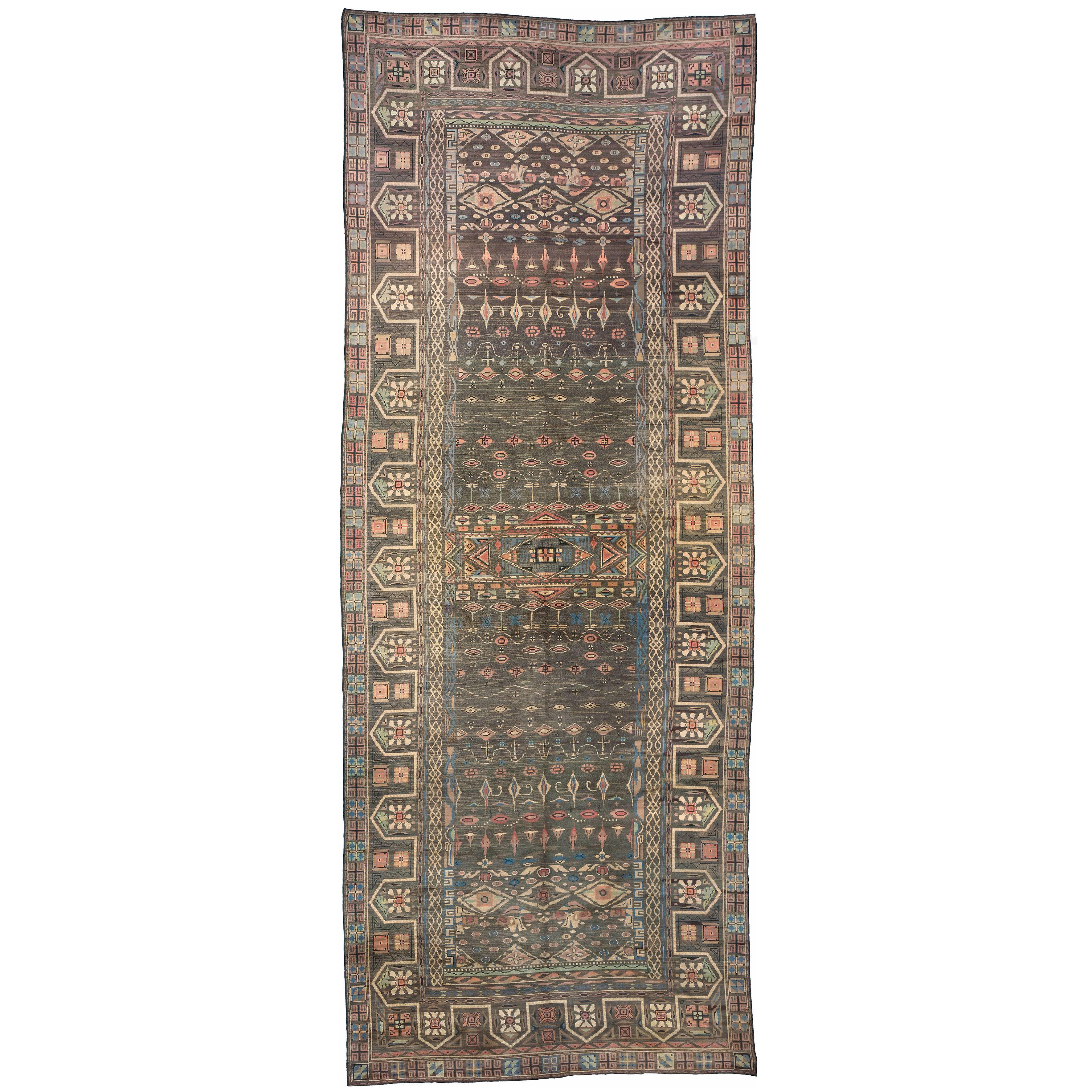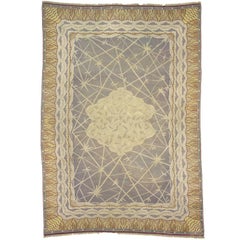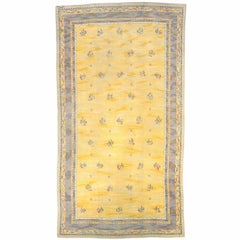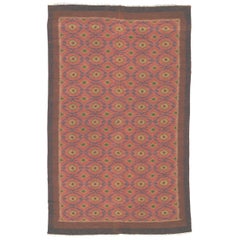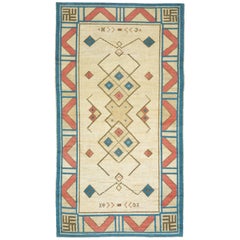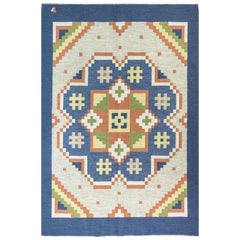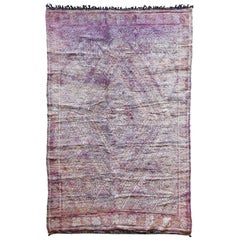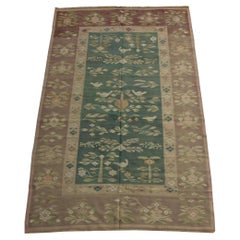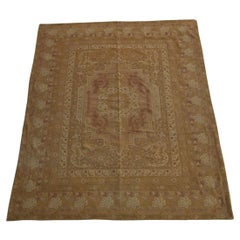Items Similar to Vintage Swedish Pile Weave Carpet, 1910
Want more images or videos?
Request additional images or videos from the seller
1 of 6
Vintage Swedish Pile Weave Carpet, 1910
$48,000
£36,245.19
€41,768.61
CA$67,748.40
A$74,691.07
CHF 39,075.96
MX$916,320.67
NOK 491,888.88
SEK 459,993.89
DKK 311,929.06
About the Item
Vintage Swedish pile weave carpet
circa Sweden 1910
Initialed "SG" Selma Giobel
Handwoven.
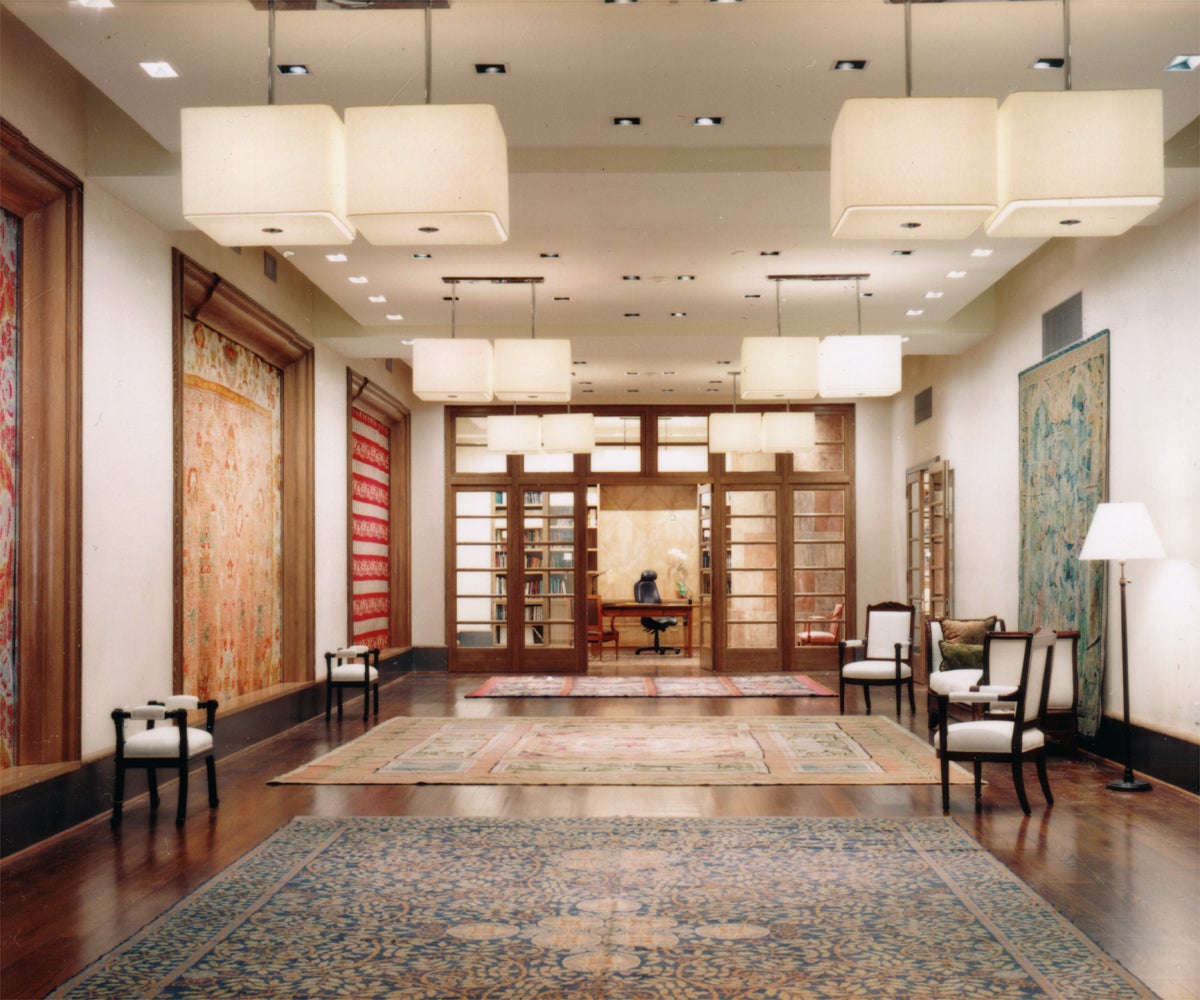
About the Seller
5.0
Vetted Professional Seller
Every seller passes strict standards for authenticity and reliability
Established in 1974
1stDibs seller since 2014
41 sales on 1stDibs
Typical response time: 17 hours
- ShippingRetrieving quote...Shipping from: New York, NY
- Return Policy
Authenticity Guarantee
In the unlikely event there’s an issue with an item’s authenticity, contact us within 1 year for a full refund. DetailsMoney-Back Guarantee
If your item is not as described, is damaged in transit, or does not arrive, contact us within 7 days for a full refund. Details24-Hour Cancellation
You have a 24-hour grace period in which to reconsider your purchase, with no questions asked.Vetted Professional Sellers
Our world-class sellers must adhere to strict standards for service and quality, maintaining the integrity of our listings.Price-Match Guarantee
If you find that a seller listed the same item for a lower price elsewhere, we’ll match it.Trusted Global Delivery
Our best-in-class carrier network provides specialized shipping options worldwide, including custom delivery.More From This Seller
View AllEarly-20th Century Swedish Pile-Weave Carpet by Selma Giobel
By Selma Giöbel 1
Located in New York, NY
Early-20th century Swedish pile-weave carpet, initialed "SG" Selma Giobel.
Category
Early 20th Century Swedish Scandinavian Modern Russian and Scandinavian ...
Materials
Wool
Early 20th Century Swedish Pile Carpet
Located in New York, NY
Early 20th century Swedish pile carpet. Initialed: 19 MG 27 (19 Martha Gahn 27).
Category
Early 20th Century Swedish Russian and Scandinavian Rugs
Materials
Wool
Vintage Swedish Pile Rug, 1920-1930
Located in New York, NY
Vintage Swedish Pile rug
circa 1920-1930
Double-sided.
Category
Vintage 1920s Swedish Russian and Scandinavian Rugs
Materials
Wool
Vintage Swedish Pile Weave Rug, 1931
Located in New York, NY
Vintage Swedish pile weave rug
Sweden, circa 1931.
Initialed "HJ" Hilma Jansson.
Handwoven
100% wool.
Category
Vintage 1930s Swedish Russian and Scandinavian Rugs
Materials
Wool
Early 20th Century Swedish Pile Carpet
Located in New York, NY
Early 20th century Swedish pile carpet.
Category
Early 20th Century Swedish Russian and Scandinavian Rugs
Materials
Wool
Early 20th Century Swedish Pile Carpet
Located in New York, NY
Designed by Maja Sjostrom (1868-1961), a textile artist, at the atelier of Tyra Grafstrom in Stockholm. The commission for the boardroom at the Swedish Sugar Company's head office at...
Category
Early 20th Century Swedish Russian and Scandinavian Rugs
You May Also Like
Vintage Swedish Flat-Weave Carpet, 20th Century, 5'7" x 8'
Located in Evanston, IL
Vintage Handmade Swedish/Scandinavian Flat-Weave Carpet, 20th Century, 5'7" x 8'
Appealing and memorable flat-woven designs of the mid-20th century. This rug is in excellent conditio...
Category
Mid-20th Century Swedish Art Deco Western European Rugs
Materials
Wool
$1,649 Sale Price
44% Off
Vintage Scandinavian Rya Rug, circa Mid-20th Century
Located in Los Angeles, CA
This is a Scandinavian Rya rug crafted in the mid-20th century. It features a grand diamond design repeating outward and surrounded by smaller diamonds then bordered by an abstract p...
Category
Mid-20th Century Scandinavian Scandinavian Modern Russian and Scandinavi...
Materials
Wool
Early 20th Century Antique Traditional Flat Weave Bessarabian Rug
Located in Los Angeles, US
Antique Bessarabian Rugs / Kilims in both pile and tapestry weaving technique are some of the more beautiful carpets to have been produced in Europe. Many of the Bessarabian Kilims w...
Category
Antique Early 1900s Other Russian and Scandinavian Rugs
Materials
Wool, Cotton
1900s Antique French Needlepoint Rug
Located in Los Angeles, US
Needlepoint rugs were created using the traditional needlework weaving technique that is used to make everyday items from furniture to carpets and artwork. However, it has a fascinating history both as a hobby and as an industry. When many people think of carpets, they think of pile carpets or flat weave kilims, but needlepoint has also been used to create beautiful carpets. These carpets are durable and an important part of carpet history.
Archaeologists and scholars consider the roots of needlepoint to have been around 1500 BC. They consider the first needlepoint to include the fine diagonal stitches that were used to sew tents together by the ancient Egyptians. The art eventually evolved into tapestry weaving. However, a tapestry weaving differs significantly from needlepoint in that it uses a loom and vertical warp.
Tapestry weaving is closer to the weaving of kilims and pile rugs than canvas work. However, some still include tapestry weaving in the category of needlepoint because of the fine work that appeared during the late Renaissance. It can have a similar appearance to the untrained eye. Technically, tapestry weaving and needlepoint are not the same, and they do not use the same technique.
The first actual needlepoint rugs and needle-points began to appear in the late Renaissance. Needlepoint is worked by creating stitches on a stiff canvas. The canvas is typically made from jute or linen and is quite durable. Pieces from the Renaissance were used to cover footstools, chairs, pillows, bed headboards, and other furnishings. They were also used as table coverings and wall coverings. You could also find them on many small items such as purses, shoes, and various adornments for clothing.
During the Renaissance, the craft reached a high level of skill, and the designs became incredibly detailed and realistic. They mimicked many of the subjects and styles of famous paintings of the time. They created florals, still life designs, scenes, and geometric tiled pieces. Some of them mimicked the designs found in Persian Carpets.
Needlepoint reached its peak popularity in the 19th century when it was considered a proper occupation for a lady. Needlepoint and embroidery held a similar place in societal status at the time. During this time, the work became finer, with some of the canvas reaching a high level of detail. The level of detail is determined by counting the number of mesh in an inch. During this time petit point by French needlewomen could have a mesh count as high as 45 mesh. This allowed women to create highly intricate designs with incredible levels of detail.
It is possible to find many antique pieces of needlepoint besides rugs. Needlepoint rugs were popular in France and Spain, where the technique was adapted to create highly intricate designs that mimicked the designs in architecture and fashion. They were popular because they were durable, and it could be fashioned into a variety of items. The canvases themselves were durable, and the wool that they used was also strong, which means that many of the pieces were able to withstand daily use. We have many artifacts that have survived from this time period.
Needlepoint rugs are important collectibles because they are different from the pile rugs and kilims that are typically found on the market. Needlepoint carpets are special because they take many hours to create, especially larger works. Needlepoint pieces of any type became popular throughout Europe during the 19th century. It is still a popular hobby today, but perhaps one of the most interesting stories is that of the Portuguese needlewomen of Arraiolos.
The story of these women and their beautiful carpets begins in 1492. Needlepoint was a popular occupation in Spain, which had a large population of Moors and Jews. They were an integral part of Spanish culture. However, in 1492, Queen Isabella of Spain issued a proclamation that gave these ethnic groups the order to pack their bags and board ships headed...
Category
Antique Early 1900s Other Russian and Scandinavian Rugs
Materials
Wool, Cotton
1920s Antique Botanical Flat Weave Bessarabian Rug
Located in Los Angeles, US
Antique Bessarabian Rugs / Kilims in both pile and tapestry weaving technique are some of the more beautiful carpets to have been produced in Europe. Many of the Bessarabian Kilims w...
Category
Early 20th Century Other Russian and Scandinavian Rugs
Materials
Wool, Cotton
1920s Antique Samarkand Rug
Located in Los Angeles, US
Antique Samarkand Rugs: The desert oasis of Khotan was an important stop on the Silk Road. The people of Khotan were expert carpet weavers who produced high quality antique rugs and ...
Category
Vintage 1920s Other Russian and Scandinavian Rugs
Materials
Wool, Cotton
More Ways To Browse
Swedish Antique Bar
Russian Vintage Antique
Swedish Vintage
Swedish Midcentury Modern Rugs
Vintage Scandinavian Rugs
Scandinavian Geometric
Russia Mid Century
Swedish Mid Century Blue Rugs
Traditional Scandinavian
Cotton Rag Rugs
Midcentury Scandinavian Tapestry
Vintage Russian Kilim
Swedish Rolakan
Antique Bessarabian Carpets
Danish Rya Rug
Swedish Rug Signed
Barbro Nilsson
Scandinavian Floral Rug
